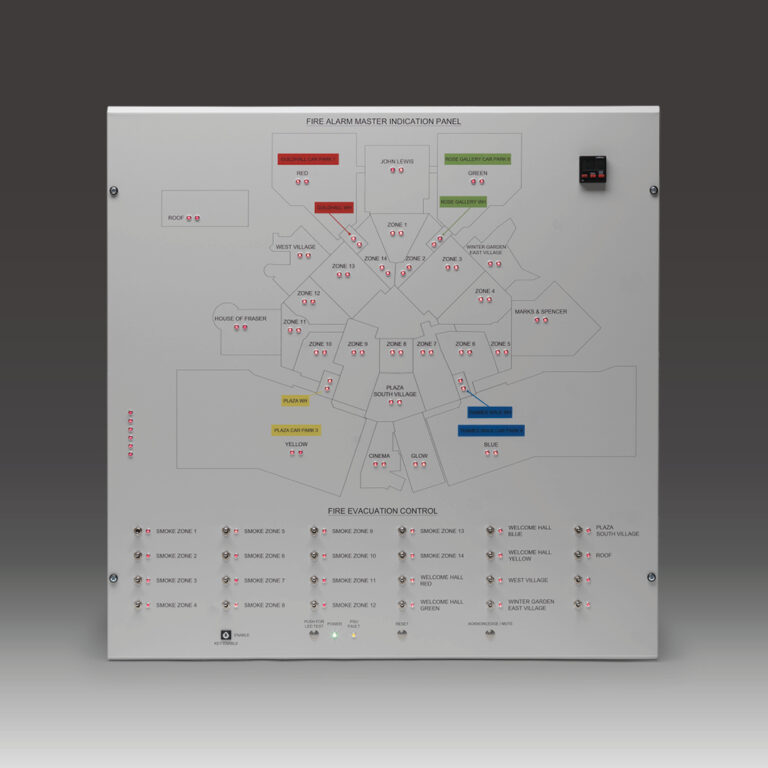
An influential committee of MPs has claimed the Government's flagship Help to Buy scheme has yet to prove it is value for money.
A new report from the House of Commons Public Accounts Committee has also highlighted a number of inherrent risks within the scheme and criticised the Government for not following clear Treasury guidelines or setting out a proper system of assessment to ensure the scheme is working.
The Department for Communities and Local Government (the Department) introduced the Help to Buy equity loan scheme (the Scheme) smoothly in April 2013, drawing on its experience of having run similar schemes in the past. The Scheme was up and running quickly, and, as a result, the Department has supported the purchase of nearly 13,000 homes through the Scheme in its first nine months.
However, the Department did not assess whether there were alternative, more effective options that would have delivered the Scheme’s policy objectives of increasing demand for new homes, making mortgage finance more accessible and affordable, and encouraging developers to build more new homes. The Department will only truly be able to prove the Scheme provides value for money to the taxpayer once it has completed a comprehensive evaluation.
The Scheme is one of a number of government interventions addressing wider housing market failures. The Department needs to develop a way to assess the combined effectiveness of its schemes.
The Rt Hon Margaret Hodge MP, Chair of the Committee of Public Accounts, said: "The Government has yet to demonstrate that the Help to Buy scheme provides value for money.
"The Scheme was up and running quickly, with nearly 13,000 homes purchased with the support of Help to Buy in its first nine months. Its aims are ones we all support: improving access to mortgage finance, increasing housing supply and contributing to economic growth.
"However, the Department for Communities and Local Government does not understand the overall impact of its housing strategy and the combined effectiveness of its different initiatives.
"In the case of Help to Buy, it did not carry out any assessment of alternative, potentially more effective options before going ahead with the Scheme – a violation of Treasury guidelines. This means it has committed to spending up to £10 billion on supporting Help to Buy without establishing whether it represents the most effective way of using taxpayers’ money to achieve its objectives.
"The Department will not carry out a comprehensive evaluation of the Scheme until 2015, by which time billions of pounds will already have been spent. That evaluation needs to ask three things: whether more people purchased properties than would have done without the Scheme; whether builders built more houses than they would have built otherwise; and what effect the Scheme could be having on house prices.
"Any future assessment of the Scheme must also assess its impact on different regions. The Department should assess the Scheme’s effectiveness in different local and regional housing markets and tailor the Scheme so it is effective in all regions.
"The Scheme creates a medium- and long-term risk to the Department by building a £10 billion portfolio of equity loans that will require careful management. Managing such a portfolio is new territory for both the Department and the Homes and Communities Agency, and the ongoing monitoring required will create a heavy administrative burden for both organisations, potentially over decades.
"There are also more immediate risks, particularly the fact that some buyers have accessed the Scheme with deposits of less than 5%, which increases taxpayers’ exposure to risk.
"The Department must be mindful of these risks – and it must demonstrate that the Scheme is value for money to the taxpayer."
The Department introduced the Help to Buy equity loan scheme in April 2013, with the objectives of increasing demand for new homes, making mortgage finance more accessible and affordable and encouraging developers to build more new homes. Under the Scheme, the Department makes equity loans to buyers financing up to 20% of the purchase price of newly-built properties that cost £600,000 or less, which supplements the buyers’ own deposit of, normally, at least 5%. Buyers then raise a repayment mortgage of, typically, 75% of the property’s value.
The equity loan is interest-free for the first five years, and is paid back within 25 years, or when borrowers redeem their mortgage, for example when they sell their home. The Department initially aimed to spend up to £3.7 billion to help 74,000 households buy a new home by 2015-16. In the 2014 Budget the Government decided to extend the Scheme to March 2020, and was providing an extra £6 billion to support the purchase of a further 120,000 homes. The Scheme is administered by the Homes and Communities Agency (the Agency), through its network of Help to Buy agents.
The committee of MPs acknowledge that DCLG managed the Scheme’s implementation effectively and got it up and running quickly. The Department and the Agency built on their experience of running previous home equity schemes, such as FirstBuy, to implement the Help to Buy equity loan scheme.
For example, they used delivery and administrative mechanisms already in place from similar schemes, for example rebranding the existing network of HomeBuy agents as Help to Buy agents. As a result, the Scheme was put in place quickly, and the Department had supported nearly 13,000 completed sales in the first nine months to December 2013. In July 2013, the Agency successfully negotiated down the fee it pays agents for administering each sale, from £1,000 per case to £600, and it told us that it has since secured a further reduction in the fee.
However, the committee says the department must now maintain downward pressure on the Scheme’s costs, and make full use of the skills and experience it has gained from running this and other similar schemes when implementing its future programmes.
Before introducing the Scheme, the Department did not consider alternative ways to deliver its objectives, say the MPs, which goes against HM Treasury guidance. In future, the Department must follow the guidance in the HM Treasury Green Book, by assessing a range of alternative options and presenting this analysis in its business case, to ensure it selects the best option when launching new schemes.
Other recommendations are that DCLG must set out how they will protect the taxpayer and ensure they have the skills and capacity both to monitor and manage the loan portfolios effectively in the short and the longer terms. They need to demonstrate how they will maximize repayment and how they will respond to changing commercial circumstances.
For its planned evaluation of the Scheme, the Department must develop a robust methodology to assess the Scheme’s impact on both demand for, and supply of, new homes. To do so, it must collect sufficient data directly from buyers to quantify how many would not have bought a property without the Scheme, and from builders on how many additional homes they are building because of the Scheme.
The Department should assess the Scheme’s effectiveness in different local and regional housing markets, and tailor the Scheme so it is effective in all regions.
Also, to understand how it can improve its effectiveness in stimulating housing supply where it is needed, the Department should carry out a wider and integrated evaluation, assessing the combined impact of its major interventions in the housing market.




















